How To Do A Sea Salt Soak For Piercings? Ways And Benefits
Speed up your healing journey with the power of sea salt.
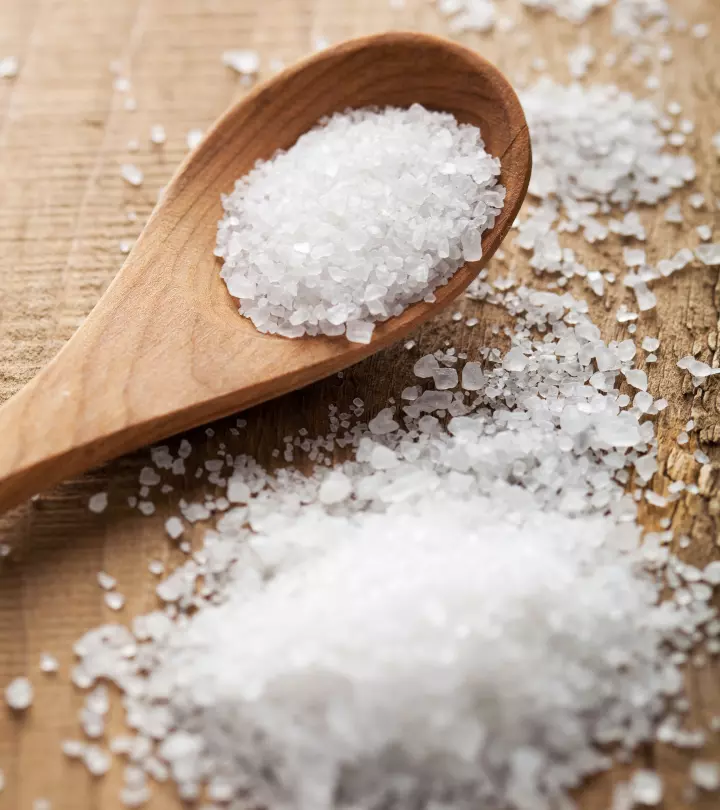
Image: Shutterstock
Like any fresh wound, a piercing requires time and tender care to ensure proper healing, making sea salt for piercings an essential element in your aftercare routine. Sea salt soaks are the most recommended and effective method for piercing aftercare. But how is a simple solution like this so effective in the healing process? And how should you use it? If these questions have been plaguing your mind, you have come to the right place! This article deals with everything you need to know about using a sea salt soak for healing your piercing. Keep reading to know more about its benefits as well as different ways to use it.
In This Article
What Is A Sea Salt Soak?
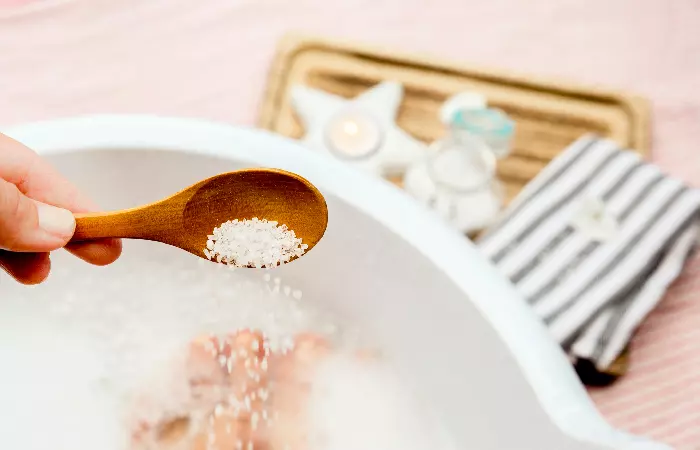
Evaporated seawater leaves behind crystals known as sea salt. You can mix sea salt with warm water to make a special soak for a body part, like the feet or hands. Often people use a sea salt soak to help with sore muscles or skin conditions. Saltwater baths are often considered a noninvasive, low-cost, and effective treatment to help reduce pain and signs of skin infection (1). It is one of the most common piercer and doctor recommended aftercare solutions to speed up the healing of piercings.
It is said to cleanse the pierced skin and provide additional benefits that aid the skin’s healing process. But can a sea salt soak be used for all types of piercings? Check out the next section to find out!
Key Takeaways
- Sea salt soaks are commonly used for various piercings, offering a natural and cost-effective option for aftercare.
- Different types of sea salts are available, with non-iodized sea salt and sterile saline solution being the recommended choices for piercings.
- Sea salt soaks have benefits such as cleansing, promoting healing, and reducing infection risk.
- Various methods of using sea salt for piercings include saline soaks, sprays, pastes, and combinations with tea tree oil.
Does Sea Salt Work For Every Type Of Piercing?
Yes, sea salt can be beneficial for various types of piercings. While the body is primarily responsible for healing, a saline solution made with sea salt may help maintain cleanliness around the piercing area. Normal sterile saline solutions are often regarded as non-toxic and do not damage the healing tissue (2).
However, certain piercings, such as facial piercings, may pose challenges in soaking entirely due to their position. For example, when attempting to soak an eyebrow piercing in a cup of water, the positioning required to keep the head submerged may lead to water entering the eyes, making it impractical or uncomfortable to achieve full soaking without compromising eye safety. In such instances, alternative methods like using spray products or applying a hot compress with a towel soaked in the solution for 5-10 minutes are recommended. Also, you can saturate the area and allow it to air dry. These techniques ensure proper care, even for piercings that are difficult to soak completely.
Even though sea salt soaks are fairly good for a piercing, Saline sprays work better. One really does not need to soak the piercings into any solution. They just need to place them under clean running water and let the body work its magic. Keeping the piercings clean and away from any trauma can accelerate healing.
Now that we have covered how to use sea salt for different piercings, learn about the types of sea salts available on the market and which ones to use. Read on to find that out.
What Kind Of Sea Salt Is Safe For Piercings?
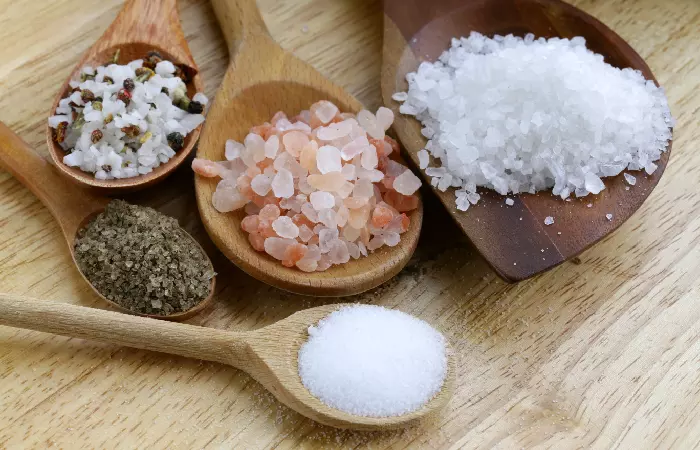
When considering sea salt for piercings, it is best to opt for non-iodized sea salt or sterile saline solution. Natural, unprocessed sea salt can be a suitable option, provided it is non-iodized and free from additives or fragrances. Nevertheless, it is essential to ensure that the sea salt is properly dissolved in sterile water to avoid any abrasive particles that could irritate the piercing site.
While options like fine-grain sea salt and dead sea salt may seem appealing due to their mineral content, they are not the best choice for piercings. Fine-grain sea salt may not dissolve completely in water and the leftover abrasive particles can irritate the piercing site. Mineral-rich dead sea salt can be too harsh for fresh piercings due to its high concentration of minerals that may cause irritation or excessive dryness. However, as always, it is recommended to consult with a piercer or medical professional for personalized advice on piercing aftercare.
They can also provide guidance on the appropriate use of sea salt soaks that have been shown to offer various benefits for promoting skin health and wound healing. Check out the next section to learn its benefits in detail.
6 Benefits Of Sea Salt For Piercings
- Cost-Effective
Sea salt is readily available and affordable, making it a cost-effective option for piercing aftercare compared to specialized products.
- Natural Cleansing
According to anecdotal evidence, sea salt is known for its natural cleansing properties. When dissolved in warm water, it creates a gentle saline solution that helps to cleanse the piercing site without harsh chemicals (2).
- Mineral-Rich
Natural sea salt contains trace minerals such as magnesium, calcium, and potassium, that help nourish the skin and promote overall skin health (3).
- Promotes Healing
Sea salt-based solutions promote healing in wounds, including piercings (4). They keep the piercing site clean and free from irritation, promoting faster healing. Purified ocean salt water may help prevent or treat inflammation (5).
- Reduces The Risk Of Infection
Sea salt soaks have antimicrobial properties that help reduce the risk of infection by lowering bacteria levels, making it easier for the body to fight infections (6). They clean the piercing by tightening the skin and removing debris, preventing infections.
- Helps Treat Keloid Scars
According to anecdotal evidence, sea salt soaks combined with aspirin may help treat keloid scars. Hyokii, a lifestyle blogger, developed keloid scars due to poor piercing aftercare. However, applying this mixture helped her treat the issue. She writes, “Keloids are very common with surface piercings and my cousin’s wife got one while hers was healing. She told me to crush some aspirin and make a paste with a few drops of water. Keep it on the piercing overnight and wash it off in the morning. It started working and my keloid went down slowly. I also heard that some people add some sea salt in the mixture, so I did that and it went down significantly (i)!”
Additionally, sea salt is a versatile option that allows for flexibility in piercing aftercare routines. Continue reading to learn how to use sea salt soak in different ways.
4 Different WaysTo Do A Sea Salt Soak
You can use sea salt in various forms, such as saline soaks, sprays, or paste. Here are a few ways.
1. Sea Salt Soak For Piercings
Here is how you can clean your piercing jewelry with a sea salt soak.
Ingredients
- 1 cup of warm water
- ¼ teaspoon of sea salt
- Cup or bowl
- Clean paper towels (if needed)
Procedure
- Start by washing your hands and cleaning your workspace, and the container for the saltwater mixture to ensure everything is clean.
- Mix one cup of water with ¼ teaspoon of sea salt. Warm it up but not too hot.
- Dip your piercing into the saltwater mix.
- Otherwise, soak a paper towel and gently press it on your piercing.
- Avoid rubbing or using cotton balls/swabs that may get caught in the jewelry.
- Soak for a few minutes.
- After around 5 minutes, rinse the piercing to remove excess salt.
- Let your piercing air dry.
- Repeat it twice a day.
Hyokii also shared how she incorporated sea salt soak in her aftercare routine post getting a belly button piercing. She writes, “I used to do sea salt soaks twice a day and clean it with original Neutrogena every day in the shower (i).”
2. Sea Salt Spray For Piercings
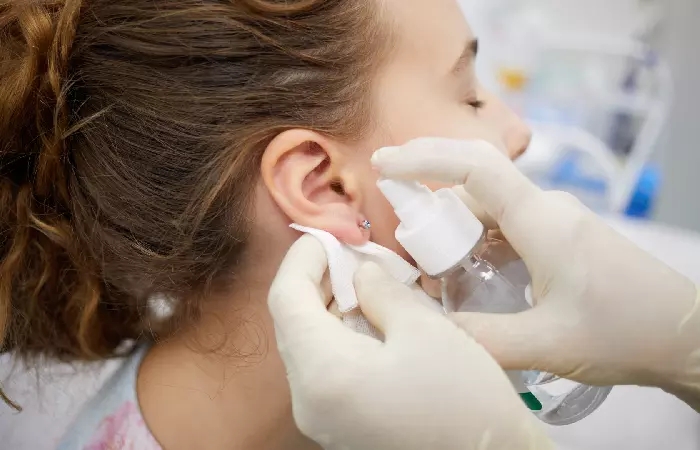
Ingredients
- 1 cup of water
- ¼ teaspoon sea salt
- Sterile spray bottle
Procedure
- Boil the water and add sea salt to it.
- Ensure the salt is completely dissolved by stirring.
- Once the mixture cools down, pour it into the spray bottle.
- Spray the solution to the piercing area.
- Wait till the spray dries off naturally.
- You need not clean the pierced area after spraying.
- Do it twice a day.
 Quick Tip
Quick Tip3. Sea Salt Paste For Piercings
Ingredients
- 1-2 teaspoons of water
- ¼ teaspoon sea salt
- A small container/bowl
Procedure
- Mix the water and salt together to make a paste.
- Apply the paste to the pierced area
- Leave it on till the paste is dry.
- Gently loosen the dried paste from the pierced area.
- Avoid cleaning or rinsing the area afterward.
- Ensure no residue is left behind on the skin or piercing.
- Do it once a day.
Note:
Experts may have different opinions regarding the use of sea salt paste. Ask your professional piercer for options best suited for you.
 Pro Tip
Pro Tip4. Tea Tree Oil And Sea Salt For Piercings
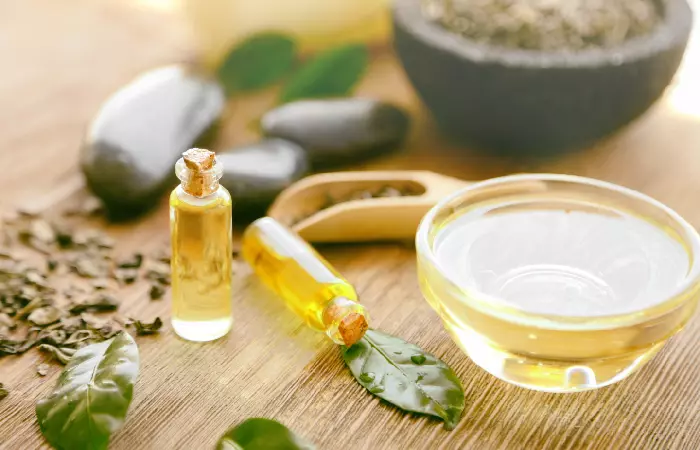
Ingredients
- ¼ teaspoon sea salt
- 2-3 drops of tea tree oil
- 1 cup of water
- Clean paper towel
Procedure
- Heat the water to a temperature that is comfortable to touch.
- Mix in the salt and a few drops of tea tree oil as it may help promote wound healing and prevent bacterial infections (8).
- Soak a paper towel in the solution until it is fully saturated.
- Apply the soaked pad as a compress on the pierced area.
- Leave the pad on for at least 10 minutes.
- Remove the pad and rinse the pierced area with fresh water.
- Gently pat dry the area.
Please note that professional opinions on this method may vary. Consult with your piercer to determine the best aftercare method suited for your specific piercing.
An important thing to remember is to follow the steps very carefully as sometimes leaving the salt for more than the recommended period may cause irritation. Keep reading to find out more.
How Long Do You Leave Sea Salt On A Piercing?
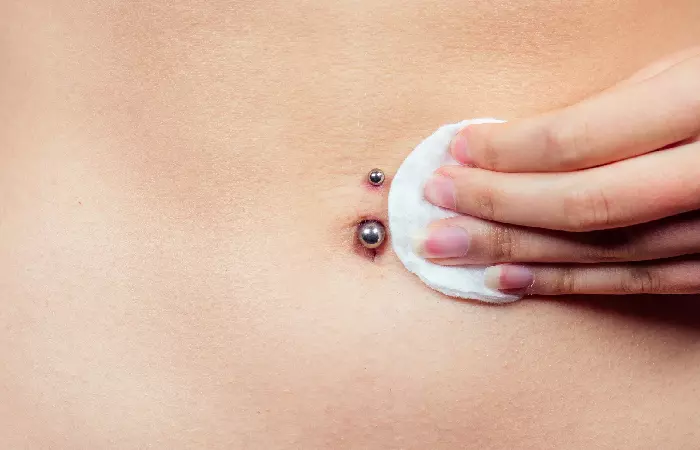
Sea salt soaks for piercings are typically left on the healing skin for no more than 5 minutes at a time unless recommended otherwise. It is important to not over-soak the piercing, as excessive exposure to saltwater can potentially dry out the skin or cause irritation. After the recommended time, the piercing area should be gently rinsed with fresh water to remove any remaining salt residue. It is essential to follow the specific aftercare instructions provided by your piercer or medical professional for best results.
Even though sea salt soaks are fairly good for a piercing, it is best to use Saline sprays. One really does not need to soak it or make a paste of any kind. One of the best ways to let the piercings heal is clean running water and let the body work its magic. Keeping it clean and no trauma on the pierced area helps in the long run.
Using homemade saline solutions for piercings may help promote healing and prevent skin infections. Besides these sea salt mixtures, there are sterile saline solutions that you can use at home. Though made with salt, they are not the same as sea salt soaks. Keep reading to know the difference between the two.
Saline Solution Vs. Sea Salt Soak For Piercings
A saline solution and sea salt soak serve as two distinct options for piercing aftercare.
- Saline solutions, typically a mixture of purified water and pharmaceutical-grade salt, are known for their sterile nature, mirroring the salt concentration and pH of bodily fluids. Packaged in aerosol cans, they ensure sterility throughout use and contain only essential ingredients.
- In contrast, sea salt soaks involve mixing distilled water with sea salt, potentially introducing contaminants from the environment. While sea salt may offer additional minerals, its preparation lacks guaranteed sterility, increasing the risk of contamination. Also, sea salt soaks may not match the pH levels of the human body, leading to potential irritation. With the accessibility and affordability of sterile saline solution, sea salt soaks have also become less common in professional piercing aftercare recommendations (9).
Using sea salt for piercing aftercare is an appealing alternative as it is natural and cost-effective. This method helps in cleansing, healing, and prevention of infection in the piercing. Sea salt can be used in various forms, including as a spray, soak, paste, or with the addition of tea tree oil, providing versatility in piercing aftercare routines. However, you should not exceed the recommended usage durations, as it can potentially lead to adverse effects such as skin dryness and irritation. Therefore, it is best to seek guidance from a professional to tailor your aftercare regimen accordingly.
Frequently Asked Questions
What should I avoid when using a sea salt soak for piercings?
There are some things you avoid when using a sea salt soak for piercings to avoid adverse reactions or hampering the healing process. Avoid using too much sea salt, as it can irritate the piercing. Don’t use table salt or unclean water and steer clear of over-soaking the pierced skin. Avoid using products with harsh chemicals or applying the solution with dirty hands.
How long does it take for sea salt soak to heal the piercing?
The time it takes for a sea salt soak to heal a piercing can vary depending on several factors, including the type of piercing, individual healing process, and how well the aftercare routine is followed. Generally, piercings can take anywhere from a few weeks to several months to fully heal.
What can I use instead of sea salt for piercings?
Alternatives to sea salt for piercings include sterile saline solution, over-the-counter piercing aftercare products, or solutions containing benzalkonium chloride or tea tree oil. However, ensure you use it with caution and follow your piercer’s instructions properly.
Is pink Himalayan salt good for piercings?
Pink Himalayan salt is not typically recommended for piercings. It is not as finely ground as regular sea salt and may not dissolve as easily in water. This can lead to abrasive particles irritating the piercing site.
Can I use regular table salt instead of sea salt for my piercing?
It is not recommended to use regular table salt for piercings. Table salt often contains additives like iodine and anti-caking agents that can be irritating to the piercing and interfere with the healing process.
Is coarse sea salt okay for piercings?
Coarse sea salt is generally not recommended for piercings. The texture of coarse sea salt can be abrasive and may irritate the piercing site.
Sea salt soaks play a pivotal role in ensuring the successful healing of piercings. Wondering how to incorporate sea salt soaks into your aftercare routine? Watch this informative video to learn more about using sea salt soak for piercings.
Personal Experience: Source
StyleCraze's articles are interwoven with authentic personal narratives that provide depth and resonance to our content. Below are the sources of the personal accounts referenced in this article.
(i) Belly Button Piercing Update
https://babogongjuu.blogspot.com/2014/06/belly-button-piercing-update-june-2014.html
References
Articles on StyleCraze are backed by verified information from peer-reviewed and academic research papers, reputed organizations, research institutions, and medical associations to ensure accuracy and relevance. Read our editorial policy to learn more.
- Effectiveness of saltwater baths in the treatment of epidermolysis bullosa
https://pubmed.ncbi.nlm.nih.gov/25644039/ - Wound cleansing: water or saline?
https://www.ncbi.nlm.nih.gov/pmc/articles/PMC1472650/ - Skin minerals: key roles of inorganic elements in skin physiological functions
https://www.ncbi.nlm.nih.gov/pmc/articles/PMC9181837/ - The use of a sea salt-based spray for diabetic foot ulcers: a novel concept
https://pubmed.ncbi.nlm.nih.gov/28272010/ - Refined deep-sea water suppresses inflammatory responses via the mapk/ap-1 and nf-κb signaling pathway in lps-treated raw 264.7 macrophage cells
https://pubmed.ncbi.nlm.nih.gov/29088069/ - Evaluation of cytotoxic and antimicrobial properties of Iranian sea salts: an in vitro study
https://www.ncbi.nlm.nih.gov/pmc/articles/PMC8710362/ - [Effect of chamomile on wound healing–a clinical double-blind study]
https://pubmed.ncbi.nlm.nih.gov/3318194/ - A review of applications of tea tree oil in dermatology
https://pubmed.ncbi.nlm.nih.gov/22998411/ - Suggested aftercare for body piercings
https://safepiercing.org/aftercare/
Read full bio of J’son D’souza
Read full bio of Shreya Mukherjee
Read full bio of Anjali Sayee
Read full bio of Aparna Harry






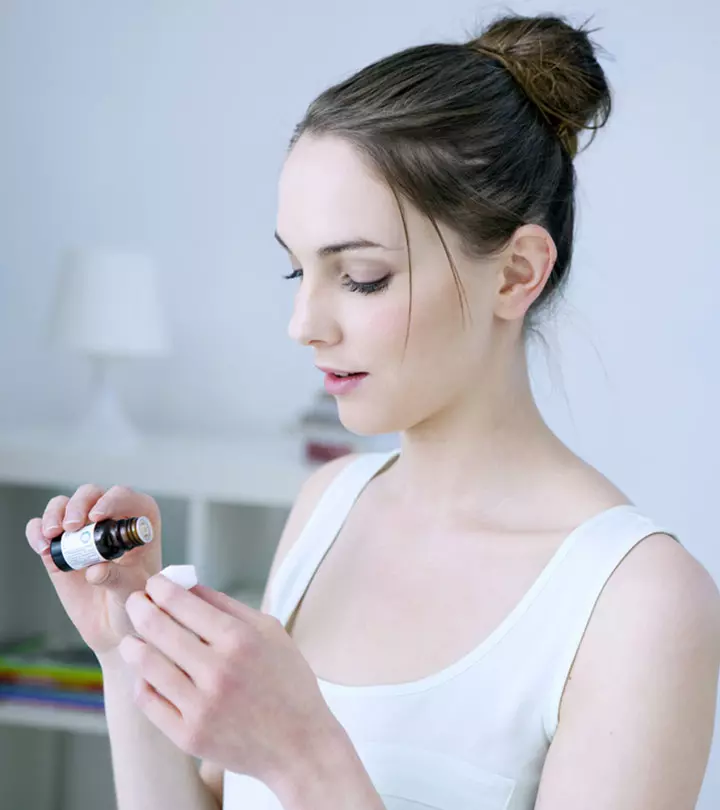

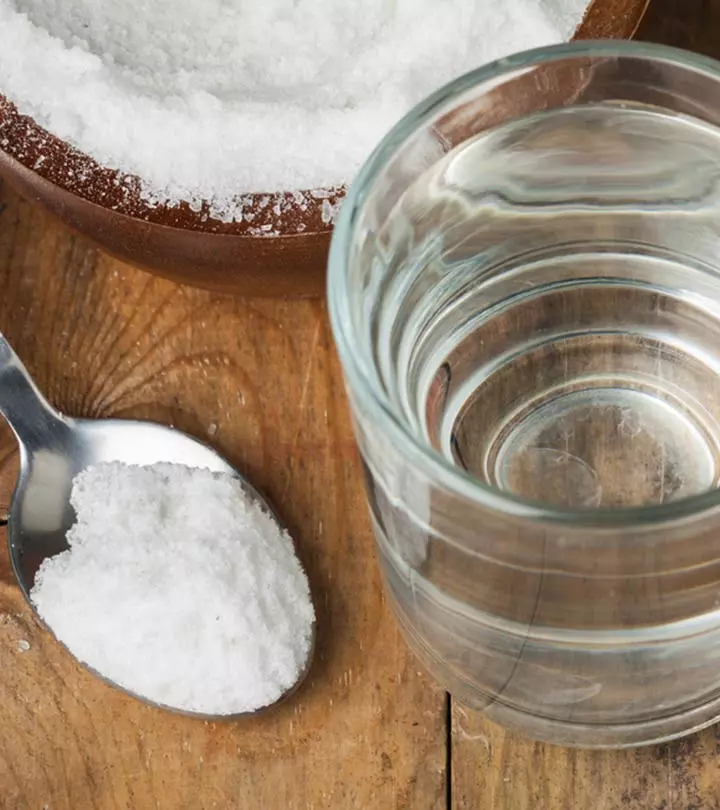


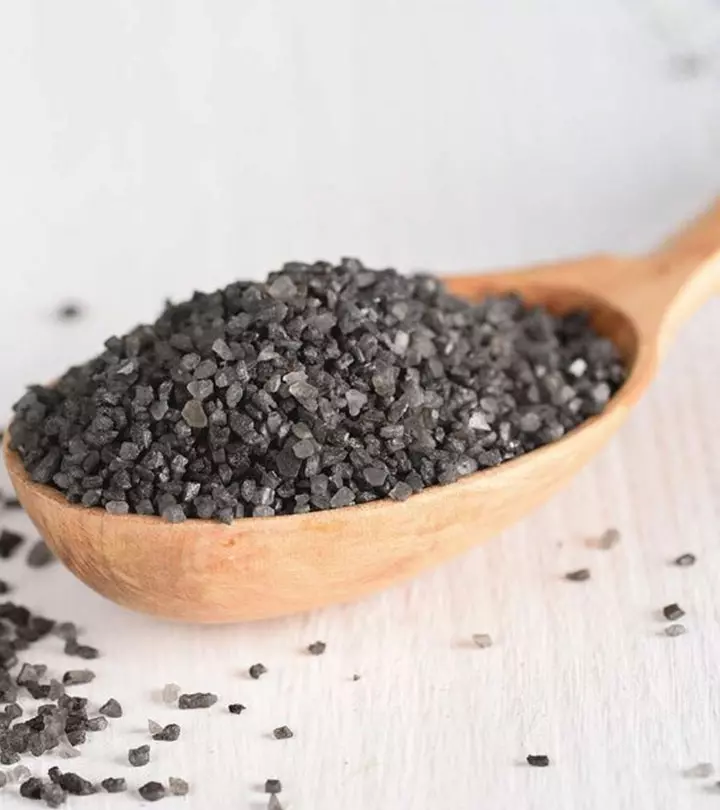
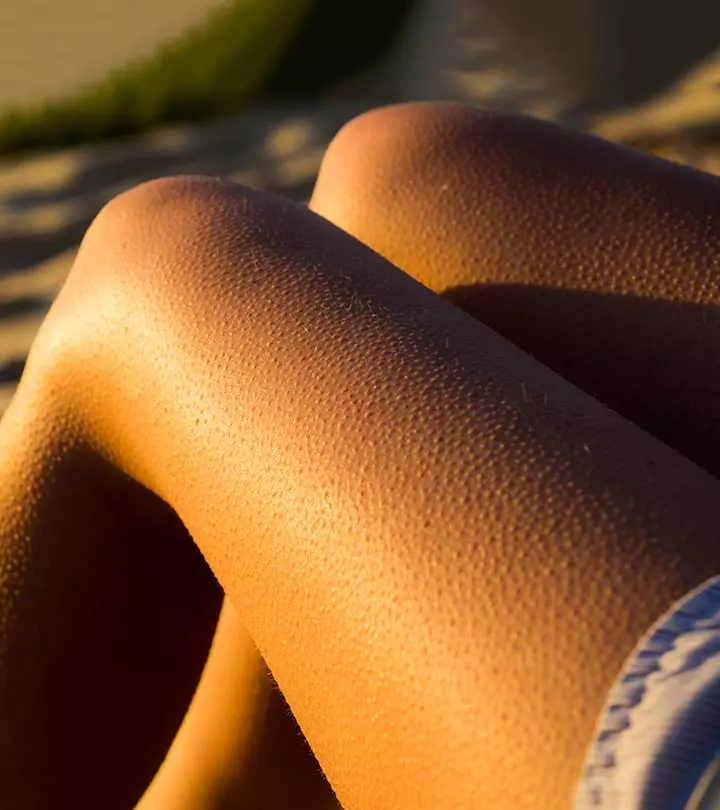
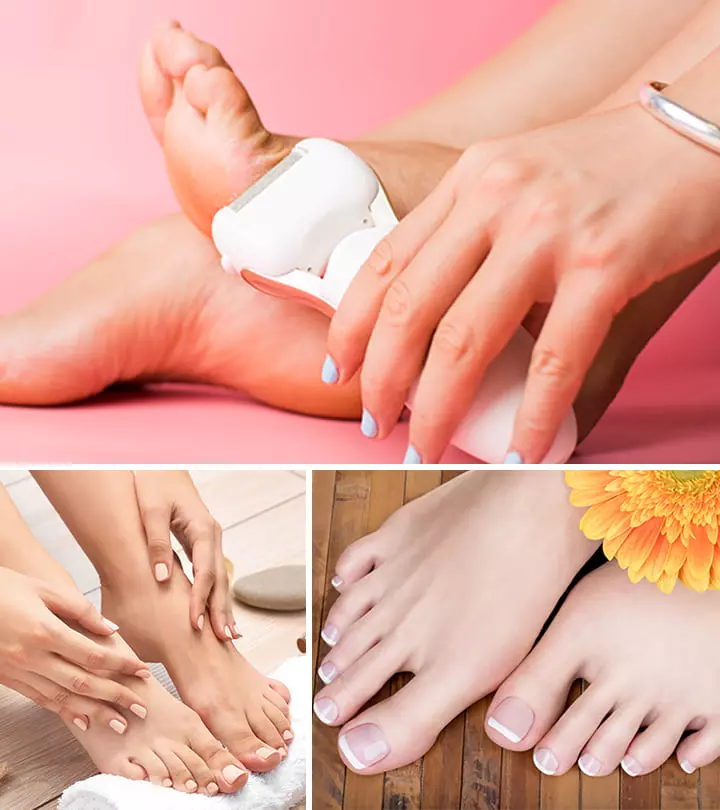

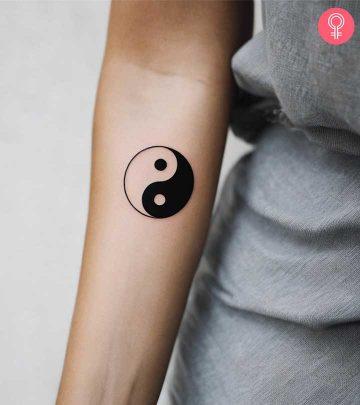
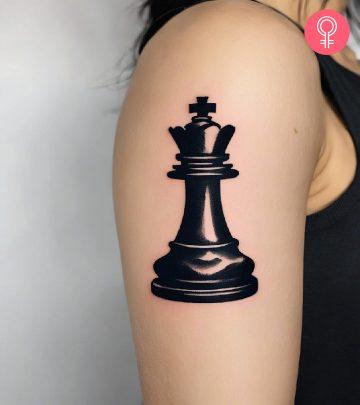
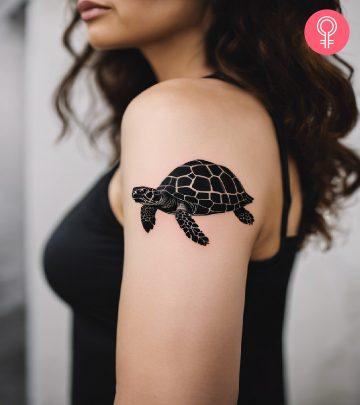

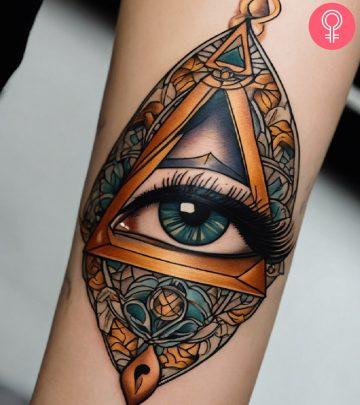

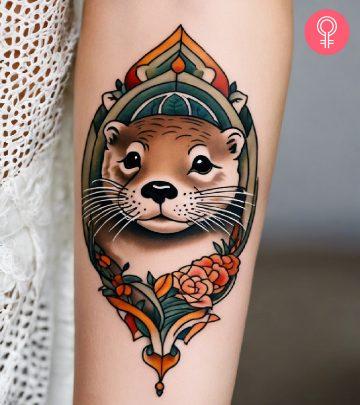
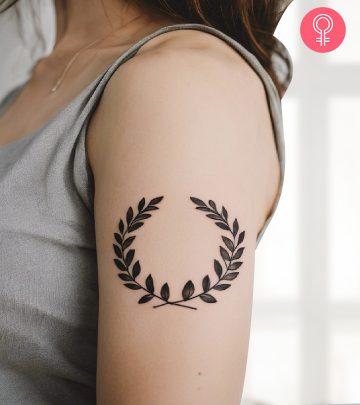



Community Experiences
Join the conversation and become a part of our empowering community! Share your stories, experiences, and insights to connect with other beauty, lifestyle, and health enthusiasts.